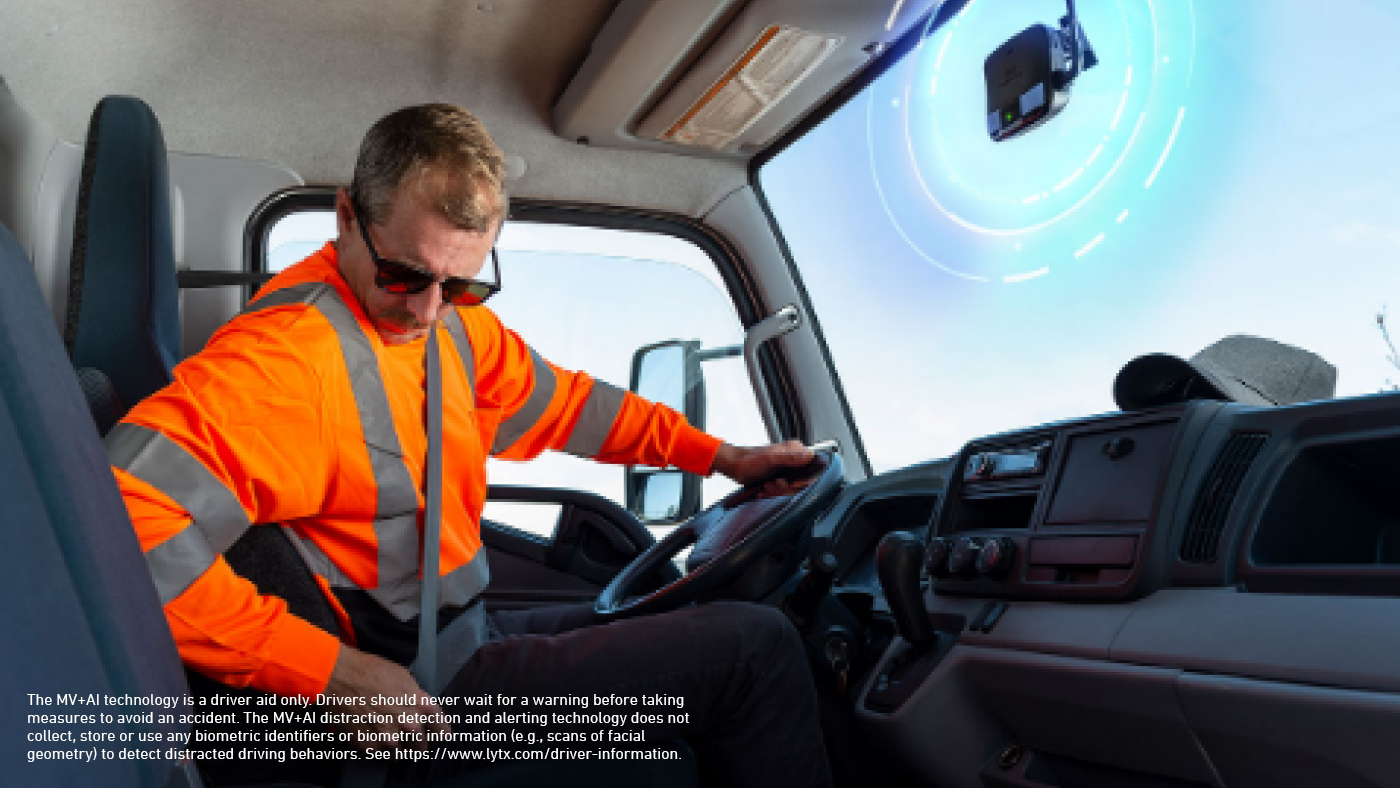Empowering Your Most Important Assets: Your Drivers

This year has been one of the most challenging in the history of commercial driving. At the height of the pandemic, panic buying triggered shortages and the pressure to deliver goods quickly was intense. Now, as lockdown eases, traffic levels have spiked, and drivers are contending with busier roads while still dealing with a heightened sense of urgency. With all the changes we’re experiencing, it’s never been more important to keep our roads – and our drivers – safe.
More and more, fleet managers are empowering their drivers with the tools to make good decisions that help them stay safe on the road. This means sharing ‘big picture’ insights about behavioral trends to watch out for, but also deploying in-the-moment vehicle alerts that allow drivers to self-correct in the case of a momentary slip-up.
By placing driver safety and empowerment at the heart of their programs, fleet managers are focusing on their most important assets. A driver who self-corrects risky behaviors is in the best possible position to help keep the fleet on track during challenging times.
The power of in-the-moment alerts
Fleet managers know that even the most experienced and safest drivers may be subject to a periodic slip-up. When that happens, it’s important to help those behind the wheel get back on track as quickly as possible. Unlike traditional telematics which only tells you the what, powerful technologies such as machine vision and artificial intelligence (MV+AI) are now being used in order to tell the why and provide drivers with a little extra assistance.
Machine vision essentially acts as a smart set of eyes that scan and recognize both the internal and external environment of the vehicle. This includes the ability to identify distracted driving behaviors such as mobile phone use, eating, drinking, smoking, or failure to wear a seatbelt. While MV identifies the issue, AI determines how risky that issue is and whether it needs to be flagged to the driver or manager.
An experienced driver may have a perfect history but, on their first day back after a long break, forget to click their seatbelt as they pull away from the depot. Much like a friend sitting in the passenger seat, MV+AI will kick in, cueing an audio alert that will enable the driver to self-correct in a matter of seconds.
Fleet managers can also use this approach as an opportunity to reward good behavior. For example, video footage may reveal a driver reacting quickly to a momentary lapse, minimizing potential risk and avoiding any escalation.
Putting technology in the hands of the driver
As well as reacting in the moment, it’s important that drivers have the opportunity to review their overall driving style. This includes spotting any risky behaviors that may be sneaking in over time.
One of the ways this can be achieved is by giving drivers condensed video clips to review at their leisure after their shift. In the moment, a driver may not have registered that they were following the vehicle in front too closely for example. However, the sight of themselves on video exhibiting potentially risky behaviors is a direct and effective way of communicating this. A driver will become more aware of their actions, placing the risk more firmly in their consciousness as a result.
One of the biggest benefits of self-review is that it’s something that drivers can do independently. There is no need to wait for a formal coaching session to be scheduled and any question of implied blame by a supervisor is avoided. In terms of technology, drivers can simply log on to a computer or mobile device anywhere that there’s a cellular connection.
Seeing the bigger picture
As a manager, understanding the bigger impact of these behaviors is also important. You need to be able to predict and manage future collision risk exposure to your fleet by analyzing past data.
For example, you might uncover a trend that shows drivers who work back-to-back shifts are more likely to be distracted by texting, food or drink while driving. This would be the starting point for taking a closer look at what’s going on. In this case, perhaps the driver is taking a route that doesn’t have many roadside cafes, or they’re keeping family members apprised of their schedules. Maybe they are facing pressure to get home quickly and so are missing out on some of the recommended number of stops.
The more quality data you have, the easier it becomes to see these trends on a bigger scale – and feel confident that they are accurate. At Lytx, our database is meaningful because it consists of more than 120 billion miles of driving data from more than one million commercial drivers worldwide. This grows by more than 140,000 new driving events each day, further training and improving its algorithms.
For safer fleets, we need these insights to be shared properly. As well as providing managers with reports detailing incidents of risky driving, it’s essential that we place drivers themselves at the heart of the process. By placing some of this power into the hands of the drivers we can increase co-operation, share the responsibility and have an approach to fleet management that is altogether more agile and responsive. Only then we really achieve lasting behavior change that sticks.
To learn more about how Lytx can help empower your drivers to be safer, check out our fleet safety solutions or schedule a demo.
